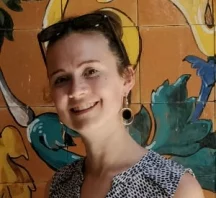Expect two more years of M&A in super: APRA



The Australian Prudential Regulation Authority (APRA) has confirmed it is expecting to see a rapid pace of consolidation occur over the next two years.
Speaking at the Australian Superannuation Investment conference, held by the Australian Institute of Superannuation Trustees (AIST) in the Gold Coast, Geoff Stewart, head of investment risk at APRA, said he expected the current pace would continue.
There had been a huge wave of merger activity in the past year which had created ‘mega funds’ such as the merger between QSuper and Sunsuper to create a fund with over $230 billion in assets under management.
Stewart said the regulator was looking at the future of superannuation over three distinct time horizons; one where the pace of mergers continued, one of a period of stability and then one of an environment with few large funds.
Stewart said: “The industry will change fairly rapidly over the next two years as the current trajectory continues then there will be a period of settling down for the few years after that where there’s more consolidation and peace of mind and the industry will become more familiar.
“The focus will move to the Retirement Income Covenant, what the strategies produced will encompass, how that dovetails with current product ranges and what might be offered in the future.
“Beyond that, you will be looking at a range of bigger funds but we’ll have fewer funds and they’ll be no doubt more impactful on investment markets directly.”
He said there were three areas APRA was encouraging super fund trustees to consider; liquidity management, stress testing and unlisted assets.
Recommended for you
Australia’s largest super fund, AustralianSuper, has announced multiple additions to its executive leadership team to focus on global growth and innovation.
Super Review rounds up last month’s biggest people moves in the superannuation industry, including a new fund chair and a private markets head.
Investment returns for the Future Fund hit a milestone in September, adding $200 billion in value for the first time ever.
Australia’s largest super funds have deepened private markets exposure, scaled internal investment capability, and balanced liquidity as competition and consolidation intensify.










